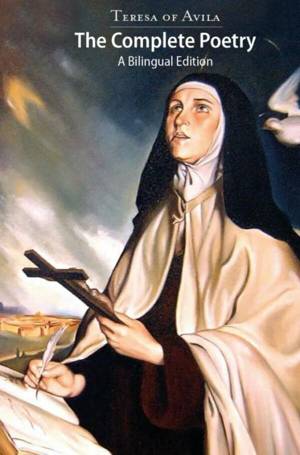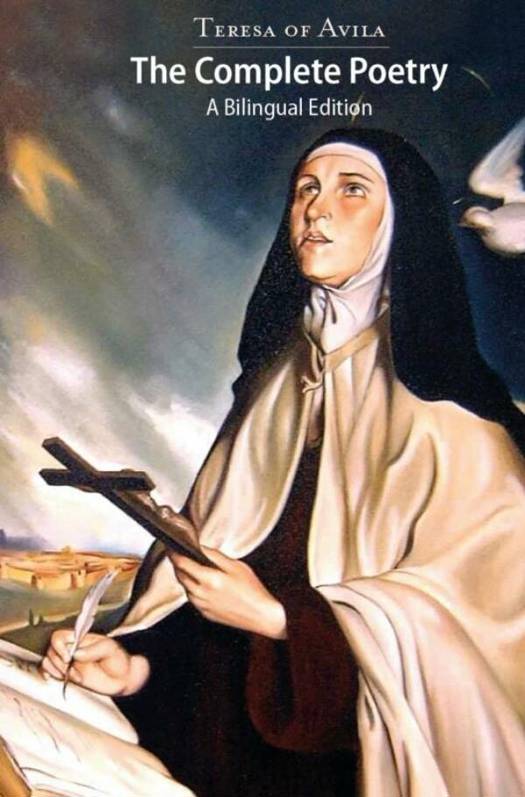
- Afhalen na 1 uur in een winkel met voorraad
- Gratis thuislevering in België vanaf € 30
- Ruim aanbod met 7 miljoen producten
- Afhalen na 1 uur in een winkel met voorraad
- Gratis thuislevering in België vanaf € 30
- Ruim aanbod met 7 miljoen producten
Zoeken
Omschrijving
'Vogt is striving to return to the “primitive rule” of scholarship, which stresses canonicity, esthetic and humanistic values, historical grounding, and adherence to text. Vogt’s “Critical Introduction” places Saint Teresa’s work in the political, historical, and religious context of Golden Age Spain, where faith permeated every aspect of life. He humanizes his subject by stressing her earthiness— for example, her fondness for music and cooking—as well as her political savvy and sincere affection for her fellow nuns. Vogt explores the major literary influences on Saint Teresa’s work, including the chivalric novels she so loved as a girl. These, along with the works of Loyola, inspired her use of military images and her notion of life as a form of spiritual warfare against the World. Saint Teresa’s versions a lo divino of profane love poetry evince the influence of Courtly Love on her poetic compositions, in which God and the soul are sometimes depicted as lovers. Vogt does succeed in capturing the flow and tone of Saint Teresa’s verse and the passion of her voice. Vogt has produced a highly readable translation of Teresa de Avila’s poetry.'
Barbara Mujica (Georgetown University).
Barbara Mujica (Georgetown University).
Specificaties
Betrokkenen
- Auteur(s):
- Uitgeverij:
Inhoud
- Aantal bladzijden:
- 152
- Taal:
- Engels
Eigenschappen
- Productcode (EAN):
- 9789403638256
- Verschijningsdatum:
- 21/10/2021
- Uitvoering:
- Paperback
- Afmetingen:
- 155 mm x 235 mm
- Gewicht:
- 269 g

Alleen bij Standaard Boekhandel
+ 39 punten op je klantenkaart van Standaard Boekhandel
Beoordelingen
We publiceren alleen reviews die voldoen aan de voorwaarden voor reviews. Bekijk onze voorwaarden voor reviews.








